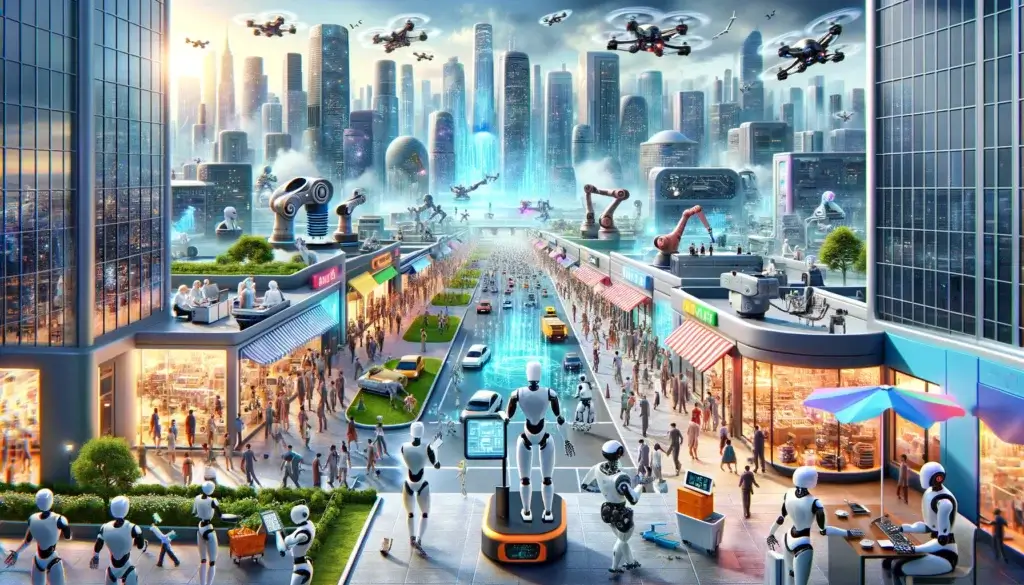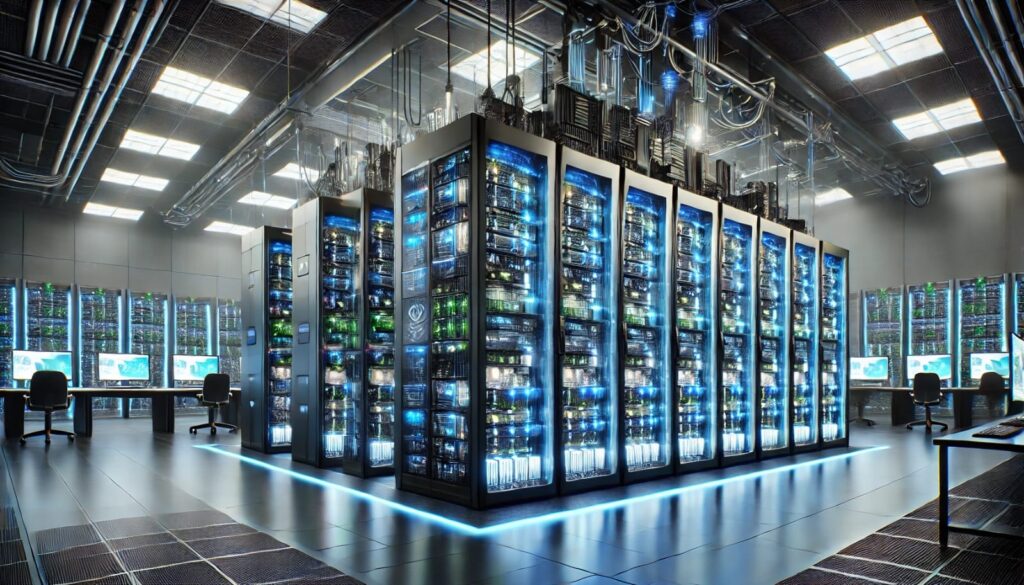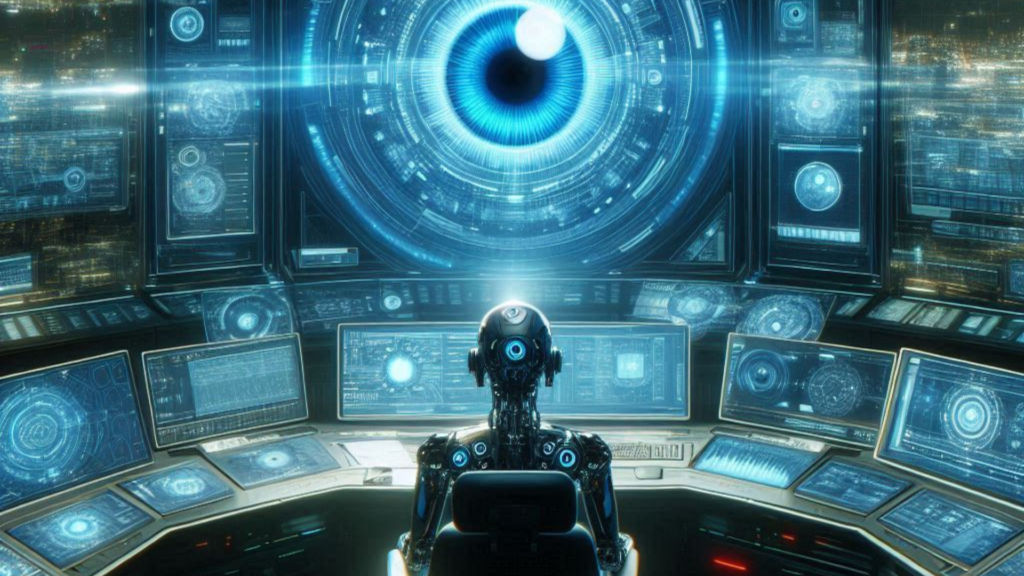Artificial Intelligence and the Evolving Job Market: AI Threatens 8 Million UK Jobs
Automation replacing human labor has threatened a large population for decades, and with the continued advancement of Artificial Intelligence (AI), these concerns are becoming real. A recent report by the Institute for Public Policy Research (IPPR) in the UK paints a concerning picture of a worst-case scenario where up to 8 million jobs could be lost to AI automation.
AI and the Automation Threat: Who’s Most at Risk?
The IPPR report highlights several sectors where AI is likely to have the most significant impact on employment. These include:
- Back-office jobs: Repetitive and data-driven tasks commonly found in administrative and clerical roles are prime targets for automation. AI can efficiently handle tasks like data entry, scheduling, and bookkeeping, potentially rendering these positions obsolete.
- Entry-level jobs: Roles that involve following set procedures and require minimal decision-making are susceptible to AI replacement. It could include cashier positions in retail stores, data entry clerks, and assembly line workers in factories.
- Part-time jobs: Many part-time positions, particularly those in customer service and data processing, are vulnerable to automation as AI can operate 24/7 without breaks or vacations.
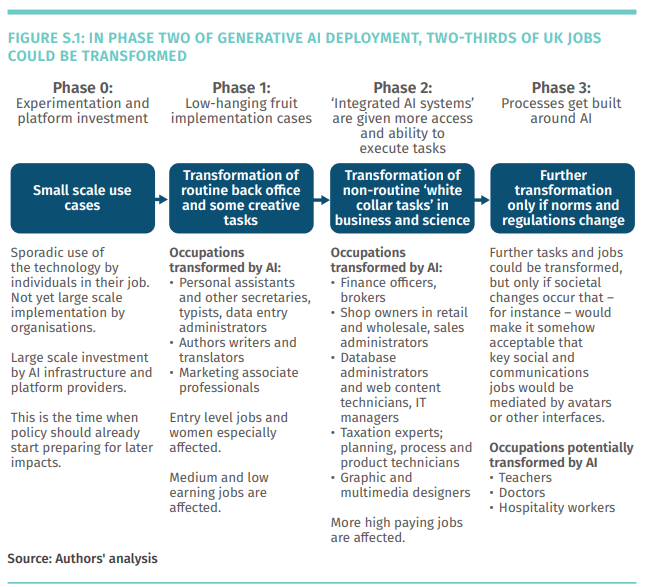
The report emphasizes that these are just potential scenarios, and the actual impact of AI on the job market is likely to be more nuanced. However, it underscores the need for proactive planning and workforce development initiatives to address the challenges of automation.
The Dynamics of Job Augmentation and Displacement
As we stand on the brink of technological revolutions, it is crucial to understand how advancements in artificial intelligence (AI) and automation may reshape our job market. The IPPR report offers a comprehensive analysis of various occupational sectors, describing the extent to which jobs may undergo augmentation, face displacement, or remain unchanged due to AI integration. The visual assessment, based on recent data, provides insights into the future of employment and the potential need for strategic adaptation in the workforce.
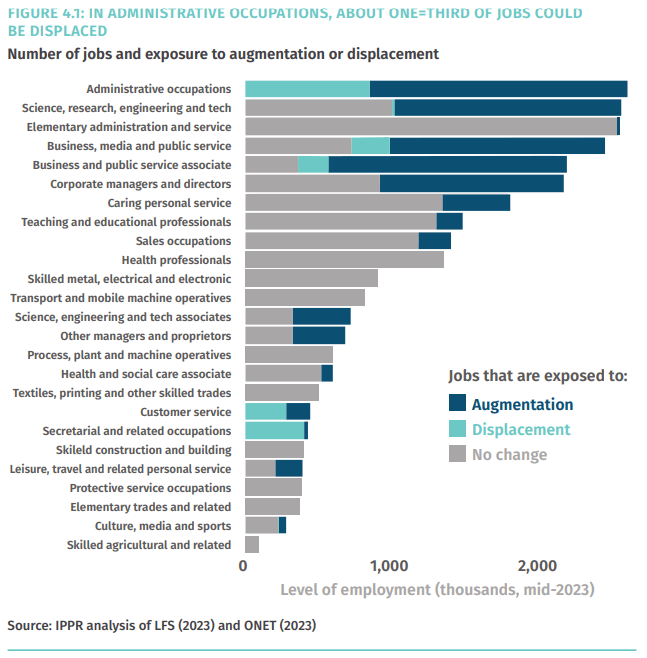
Beyond Job Losses: The Potential Benefits of AI
While the prospect of millions of job losses is alarming, it is vital to consider the potential benefits of AI. Here are some ways AI can positively impact the workplace:
- Increased productivity: AI can automate tiresome tasks, saving human workers to focus on more complex and creative jobs. It can lead to increased productivity and economic growth.
- Improved accuracy and efficiency: AI can handle complex calculations and data analysis with greater speed and accuracy than humans. It can improve the efficiency of various processes and lead to better decision-making.
- New job creation: Just as some jobs will be lost due to automation, new ones will be created in fields like AI development, data analysis, and cybersecurity. These new jobs will require different skill sets and workforce development programs will be crucial to equip individuals with the necessary skills.
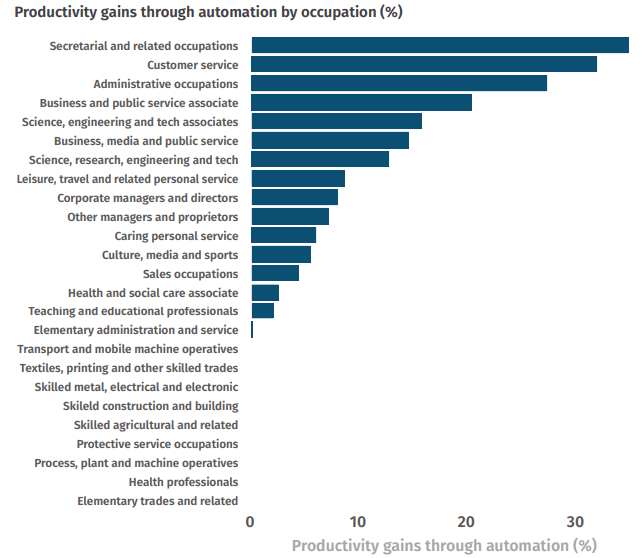
The Need for a Balanced Approach: Preparing for the AI-driven Future
The potential disruption caused by AI necessitates a balanced approach that acknowledges both the risks and the opportunities. Here are some steps that can be taken:
- Investment in education and training: Governments and educational institutions need to invest in programs that equip people with the skills needed to thrive in the AI-driven economy. It includes training in areas like data science, coding, and critical thinking.
- Lifelong learning: The pace of technological change is accelerating, and workers will need to continuously learn and adapt to remain employable. Encouraging lifelong learning will be essential for individuals to navigate the evolving job market.
- Social safety nets: As some jobs are inevitably lost due to automation, social safety nets need to be strengthened to provide support for displaced workers. It could include retraining programs, unemployment benefits, and universal basic income schemes.
- Regulation of AI development: There are ethical considerations surrounding the development and use of AI. Governments and regulatory bodies need to establish frameworks to ensure that AI is developed and used responsibly, with due consideration for its impact on the workforce.
The future of work in the UK, and globally, will undoubtedly be shaped by AI. By acknowledging the potential challenges and taking proactive steps to prepare, we can ensure that AI serves as a tool for progress and prosperity, not a source of mass unemployment and social unrest.
Additional Considerations:
- The impact of AI on the job market will vary depending on the specific industry and the rate of technological adoption. Some sectors may be more heavily impacted than others.
- The ethical implications of AI need to be carefully considered. Issues like bias in algorithms and the potential for job displacement need to be addressed.
- Collaboration between governments, businesses, and educational institutions will be critical in ensuring a smooth transition to an AI-driven economy.
By working together, we can control the power of AI to create a future where humans and machines work together to build a better world.

